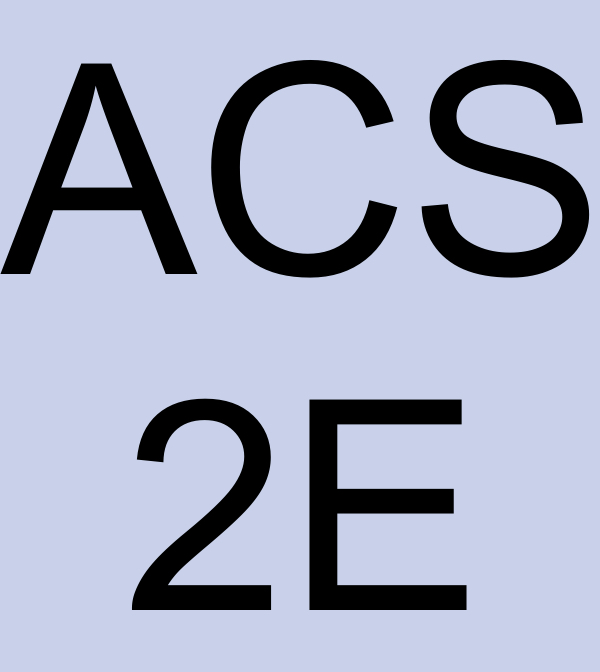Preview Activity 3.2.1.
(a)
What is the domain of \(h\text{?}\)
(b)
Explain why \(\displaystyle\lim_{x \to 1} \frac{x^5 + x - 2}{x^2 - 1}\) results in an indeterminate form.
(c)
Next we will investigate the behavior of both the numerator and denominator of \(h\) near the point where \(x = 1\text{.}\) Let \(f(x) = x^5 + x - 2\) and \(g(x) = x^2 - 1\text{.}\) Find the local linearizations of \(f\) and \(g\) at \(a = 1\text{,}\) and call these functions \(L_f(x)\) and \(L_g(x)\text{,}\) respectively.
(d)
(e)
Using your work from (c) and (d), evaluate
\begin{equation*}
\lim_{x \to 1} \frac{L_f(x)}{L_g(x)}\text{.}
\end{equation*}
What do you think your result tells us about \(\lim_{x \to 1} h(x)\text{?}\)
(f)
Investigate the function \(h(x)\) graphically and numerically near \(x = 1\text{.}\) What do you think is the value of \(\lim_{x \to 1} h(x)\text{?}\)

